RETURN.. A memoir.. Birya, half remembered
I grew up on stories of Israel. Of heroic battles fought and won against impossible odds.. of tiny, ill equipped ragtag armies of brave, idealistic young fighters claiming massive victories against huge armies of invading soldiers with much greater numbers and much more sophisticated and heavy weaponry.
I heard all about the first pioneering kibbutzniks.. the diggers and dreamers who left the cold and oppressive lands of Eastern Europe and Russia to build a new vision of small co-operative communities in which everything was shared equally.. where there was no money, no possessions, even (in some cases) no religion too (though they all happened to be Jewish)..
In a barren and sunny land, they drained the swamps around the Sea of Galilee (many died of Malaria), lived in tents while planting the first crops which they would share among themselves, completely turning their backs on the corrupt and materialistic ways of modern society and starting the world anew in a new land of hope and promise. Where there were deserts, they made them bloom, I knew the story well.. it was my people's story...
At the age of 11, I joined the Jewish Free School in Camden Town, London and spent the next six or seven years there. It wasn't a highly religious institution (though every one of the pupils happened to be Jewish) but Israel played quite an important part of the curriculum and ethos of the school. We would wave blue and white flags and celebrate Israeli Independence day. We'd mumble along to the Israeli National anthem on certain ceremonial occasions, not knowing or understanding most of the words. Ivrit (modern Hebrew) was taught, up to a certain level.
At the age of 13, a group of about 20 of us got to spend 5 months away from home in a bizarre, religious boarding village for girls, where we basically lived a Lord of the Flies type existence for almost half a year, while experiencing life in Israel. At the time, the place was largely populated by Ethiopian immigrant girls (perhaps orphans) who had just been miraculously rescued from the famine there and airlifted to a new life in Israel by the grace of the Jewish State. For the most part they seemed very confused and we found their high pitched voices and strange African language most amusing.
It was perhaps during this trip (my memory is vague) or maybe on a later summer trip at the age of 16 with my Jewish youth movement, that I had a most memorable night at a place called Birya.
I can't remember many of the details. I guess we'd been told the story of an important battle which took place there during the very first days of the State. In those days, though their numbers were few, the Jewish fighters were so brave, and so cunning and clever, and also (it may have been hinted at, or explicitly mentioned, depending on who was telling the story) had God on their side, obviously. They were also fighting desperately for survival, it should not be forgotten. Nobody yet knew the outcome of the battles being waged. History had not yet been written. It could yet have gone either way.
What I remember from the night..
It was late. There were lots of other children there, perhaps representative of all different youth movements.. I think we were there to commemorate the date of the victory.. we began with some chaotic kind of game involving running around in the woods in the dark.. some kind of cowboys and indians, cops and robbers type thing.. maybe something to do with reaching a place and planting a flag while the enemy group tried to capture you.. it was fun and exciting and exhilarating..
After this.. this is the part that really sticks in my mind.. we all marched up the hill.. some held flaming torches.. and we were chanting 'Birya is Ours! Birya is Ours! Birya is Ours!' over and over again.. before lighting a great flaming beacon at the top of the hill. I can't remember much after that. I guess there was some serious kind of ceremony, culminating in the singing of the Hatikva (the Israeli National Anthem) and then getting back on busses feeling strangely moved, weary and proud..
It didn't occur to me even for a moment that I was part of some cultish type brainwashing programme. Not until many years later did it begin to occur to me that perhaps the stories I had been told were only half of the story. That certain facts may have been left out, others glossed over. That for every story told, there were also many stories left untold. The kind of stories which would shine a quite different light on events we had learned about, in history books, museum visits and late night wild action team games.
….................... . . . . ….................... . . . . …............................ . . . . . . ….............. . . . ..
Like I say, that's something that sticks in my mind. So when I found myself in Tzfat the other day, and saw the sign for Birya, just at the entrance to the city – having some free time, I decided to visit, to see if I could fill in some gaps in my memory.. 'Birya is Ours..' still echoing in my memory, forever associated with this place..
I followed the signs up through the pine forest toward the Birya Fort. This must have undoubtedly been the place of that memorable night. Of course, I had no idea who's Birya had been before it was Ours, and that was something I was hoping to find out.
….............................. . . . . .. …...................... . . . .. …...................... . . . . ….......... . . ..
Situated on an elevation of 900 m, on the twin peaks of mount Canaan, divided by a deep valley , Birya and neighbouring Tzfat (Sefad) command spectacular views towards Lebanon, Syria, the Sea of Galilee and the Mediterranean. The forest plantations around Birya stretch out for miles around, making it an ideal picnic spot.
KKL (The Jewish National Fund - JNF) flags and insignias are dotted around, on picnic benches, dustbins and information signs.. reminders of who planted the forest, who takes care of it and who it belongs to. It's fairly clear that Birya is Ours..
At the top of the hill is the famous Birya fortress. No doubt the central focus of my half forgotten memory of a torch-lit vigil I took part in, about thiry years ago. A quick search on Wikpedia revealed the following history of the place:
'Birya Fortress is a fortress built during the British Mandate, near the modern town of Birya. In 1946 the Birya affair took place here, and now it is a museum.
Birya was founded by the Palmach on January 8, 1945 and the fortress built thereafter. In addition to its civilian purpose, the settlement was intended to serve as a base for the defense of Jews in nearby Safed, which at the time had an Arab majority, and as a waystation for Jewish immigrants arriving from Syria.
On February 28, 1946, the residents were arrested after the discovery of an arms cache in the village. Shortly thereafter the British decided to prohibit Jewish residence at the site. However, after a series of large protests and attempts at resettlement of the site, the British relented and agreed to the permanent settlement of 20 people at the site. This was seen as a large victory in the struggle for Jewish settlement of the land.
In Israel's War of Independence the site was destroyed but later reconquered by Jewish forces. After the war it served for several years as a camp for new immigrants, and was later abandoned.
In 1971 the modern community of Birya was established, about two kilometers to the southwest of the original site. In the same year, the fortress was turned into a museum explaining the history of the area. It is now surrounded by Birya Forest.'
source: https://en.wikipedia.org/wiki/Birya_Fortress
Looking further into the history of Birya itself, I discovered, among other parts of the long history, the following information:
Biriyya (Arabic: بيريّا) was a Palestinian Arab village in the Safad Subdistrict. It was depopulated during the 1947–1948 Civil War in Mandatory Palestine on May 2, 1948 by The Palmach's First Battalion of Operation Yiftach. It was located 1.5 kilometres (0.9 mi) northeast of Safad. Today the Israeli moshav of Birya includes the village site.
source: https://en.wikipedia.org/wiki/Biriyya
It was also interesting to note that in 1596, Birya had 38 Muslim families and 18 Jewish families, though by 1922 it had 38 houses and was exclusively populated by Muslims. Reading some history of this place, it becomes quite apparent that while there have been periods of coexistence, there has also been many periods of one population driving another out or trying to gain rulership over the other.
The Palmach (early Jewish freedom fighters) - (or invading colonising militias, depending on your perspective) watchtower is still in place and the fort has been turned into a museum and educational center in their honour and memory.
The story is told of how the Palmach, along with a concerted show of solidarity by the region's Jewish youth movements, managed to hold out against the might of the British and hold on to the outpost settlement and the claim that Birya is Ours.
Old photos are printed on weatherproof boards and their story is told.
As is often the case in places of historical importance in Israel, bits of old military equipment are left where they fell, seventy years ago.. a reminder of the struggles and sacrifices suffered by those early Zionist pioneers to create the Jewish State, for Us.
I felt like walking in the forest so I headed off down the path, through a terrace which is adorned with plaques to honour Jewish donors and communities around the world who had provided money to plant this magnificent forest.
I was reminded of the JNF forests for which my parents were so proud of supporting and collecting money - as well they should have been. After all, what can possibly be bad about planting forests? I think it should be done everywhere, immediately, with the utmost of urgency, if we want to save ourselves and the planet..
Whenever someone at out synagogue had a barmitvah, or wanted to mark some special occasion or achievement in some way, they would often donate money for a certain number of trees to be planted in Israel. They would be presented with a certificate for the number of trees which would be planted in which particular grove.. I think ours was called the Barnet Israel Grove, or something like that. I'm not sure where it is (maybe that should be my next investigation..) it could even be around here somewhere, among these tall, quiet, expansive pine forests which look like they've been here forever...
I can't remember how or when I became aware of the fact that many, if not most of the JNF forests were hastily planted on sites of Palestinian villages, depopulated and demolished around the time of Israel's creation. Fast growing pines would soon cover the ruins of many of those 400 villages, making return impossible (or at least more difficult) for those that had left, since there was nothing to return to. How can you return to place that doesn't exist? Whole villages that had been there for centuries, disappeared without a trace. Who could say that there'd even been anything or anyone there in the first place?
Of course, it would be a bit much to turn the whole country into a museum, with information on every pile of stones.. but a few more weatherproof signs with some old photos and a bit more history could have been very useful and informative.. but perhaps would raise too many difficult question.. would prove to controversial.. would be taken as an admission of guilt. I looked on Wikipedia to get an idea of what, if anything, had been here before. Even though sometimes, one can be overloaded with too much information, sometime a little more wouldn't hurt..
'In the 1922 census of Palestine conducted by the British Mandate authorities, Biria had a population of 128, all Muslims, increasing in the 1931 census to 170, still all Muslims, in a total of 38 houses.
In 1945 it had a population of 240 Muslims with a total of 5,579 dunums of land. A total of 328 dunums were used for cereals, 53 dunums for irrigation for use in the orchards, while 25 dunums were built-up (urban )land.
The villagers sold their products at the market in nearby Safad.
On April 7, 1948 it was reported that 20 Arabs had been killed near Mount Canaan, outside Safad. On May 1, 1948, the Palmach's First Battalion captured Biriyya, while another force took the adjacent village of Ayn al-Zaytun. According to a New York Times report, the villagers began to evacuate the city by themselves following its capture. The occupation of Safad and eastern Galilee was completed in May 1948 during Operation Yiftach.
In 1992 about fifteen houses remained of the old village and were occupied by residents of Birya.'
source: https://en.wikipedia.org/wiki/Biriyya
Walking on through the forest, the path led upwards to some kind of industrial complex at the top. I followed the path to see what it was. It was surrounded by a high barbed wire topped fence and spotlights. I walked along the periphary until I got to a large and heavily guarded gate. Black flags denoting the unit of this military base hung around the place. Palmach had evolved.
Young conscript soldiers were hanging around an exercising area across from a picnic spot. It occurred to me how young they all were, and remembered how we used to look up these great grown heroes, when we were here at the age of thirteen. How in those days, if we begged and pleaded hard enough, they may have given us a live bullet from their M16 or Uzi clip.. how we'd treasure it and stash it away, until the time came to take it apart and conduct dangerous experiments with the gunpowder and detonating cap..
Walking down from the picnic area, I noticed it was made on a pile of stones, which on closer inspection was undoubtedly part of an old wall. The growth of lychen suggested the stones had been laid there a long time ago and the way they were shaped and fitted together suggested they had been laid with a lot of care and attention.
Of course, there was no weatherproof sign with any information about this old wall or what it had been a part of. It may well have been a part of a Palmach battlement, or an ancient terrace. Certainly, ancient ruins are everywhere in these parts and they can't all be marked with a commemorative plaque, although some places it seems are intentionally forgotten..
I remember another trip I took, at about the age of 17 or 18, which was called the March of the Living, which was a harrowing trip to Poland to visit sites and learn about the Holocaust. We visited the site of the Warsaw Ghetto - destroyed, but commemorated with a large memorial. We saw synagogues which had been looted and desecrated, once the heart of communities, now used for other purposes since there was nobody left to pray there. We also visited the sites of concentration camps, the remains of which have been kept as museums. You can go there and see piles of glasses, shoes, suitcases, human ash. You can step inside a gas chamber where hundreds of thousands of people were put to death for the crime of being born Jewish. You can see the ovens where they were cremated. On every street we walked in modern Poland we saw the ghosts of our ancestors. It was a deeply powerful and formative experience, leaving us more than ever with the certainty of the need for a Jewish State, among other feelings.
The trip culminated in a march through Aushwitz itself, of thousands of young Jews from around the world, the UK, America, Israel.. along with a handful of survivors, returning for the first time to that horrific place. Some spoke and told their stories. Others were too pained to speak. What they had seen and experienced couldn't be put into words. There was a ceremony. Prayers were said, a torch was lit, the Hatikva was sung.
The motto 'Never Forget' was etched forever onto our consciousness..
......................... . ... . ................. . . .. ......................... . . ......................... . . . . ......................... . ...... . .. . ............. . .. . . ........
Never forget.. Never forget.. Birya is Ours.. Never forget.. Birya is Ours..
These slogans branded on my young mind, now going round and round, confusing and chaotic as a wild battle re-enactment game played by children at night in the dark woods in a foreign country.. sometimes for each other, sometimes against.. thorny like brambles intertwined in my mind, impenetrable, impossible to separate..
Amongst the trees, I clambered over long piles of stones, wondering how they had got to be there and what had been there before. It was a beautiful day and quite peaceful in the woods, but I had the uneasy sense that the place was full of ghosts, yet to be put to rest.. unquiet.. still trying to return.
............. ............. ............................. . . .. . . ....................... . . .... . . .. ......................... . . .............. . . . .. . . . ................ . .. . . . . .. . . . . ..................
A few years back I was in London and decided to take a walk by my old school. It was gone without a trace. It had been sold off to developers who'd demolished every building, every classroom where I'd learned to remember facts and figures (now mostly forgotten), playground where we were free (within limits), assembly hall where we'd stood and sung the Hatikva on many occasions (but never learned or understood the words). Luxury apartments now stood in its place. It was completely unrecognisable. It was a very strange and disconcerting feeling to see the place that had been so much a part of my life, completely vanished, as if it had never been. It felt as if a big part of my past had been erased. I even wondered if I'd imagined the whole thing. Of course I knew what had once been there. I still have every hallway and staircase etched in my memory, but with no trace of it left, who's to say I didn't make the whole thing up?
Here is a photo of the place as I remember it..
Later on I took a walk around the old city of Tzfat. They say that a picture tells a thousand words, though I think some of these photos still have thousands more yet untold...
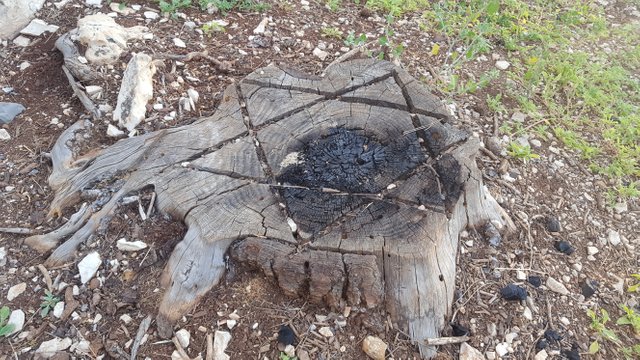
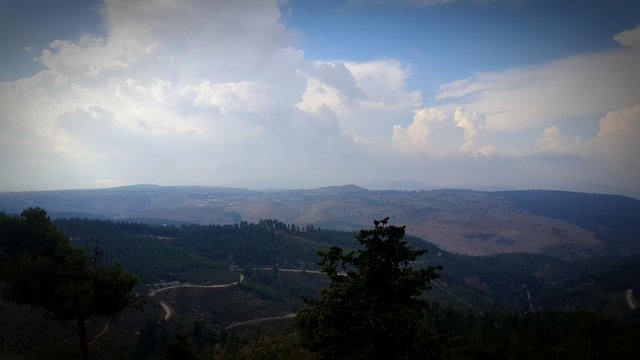
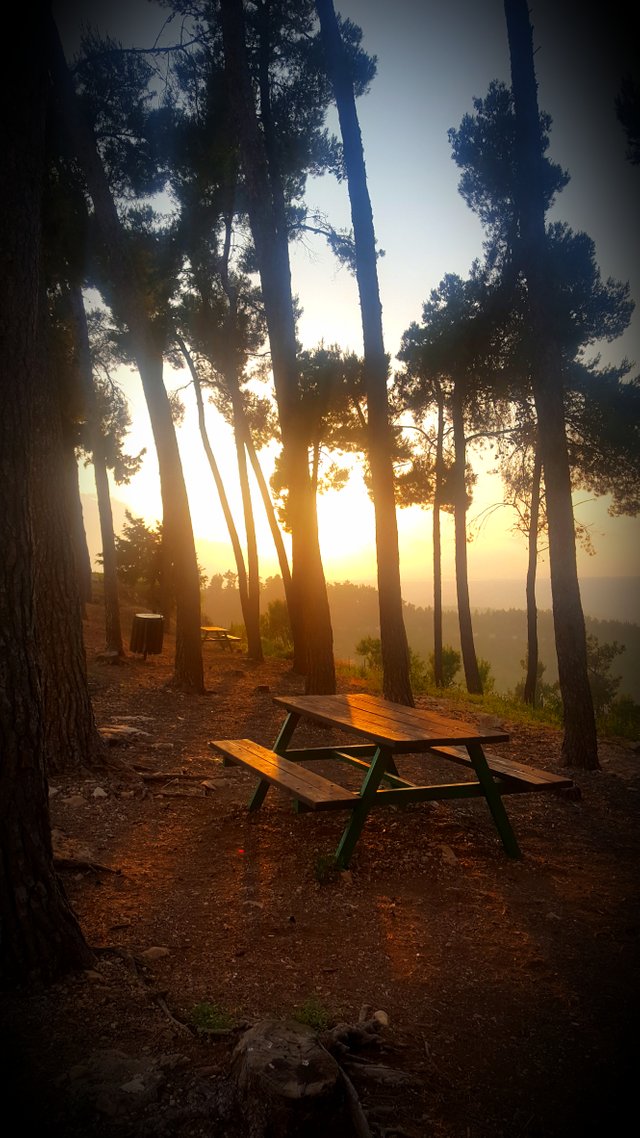
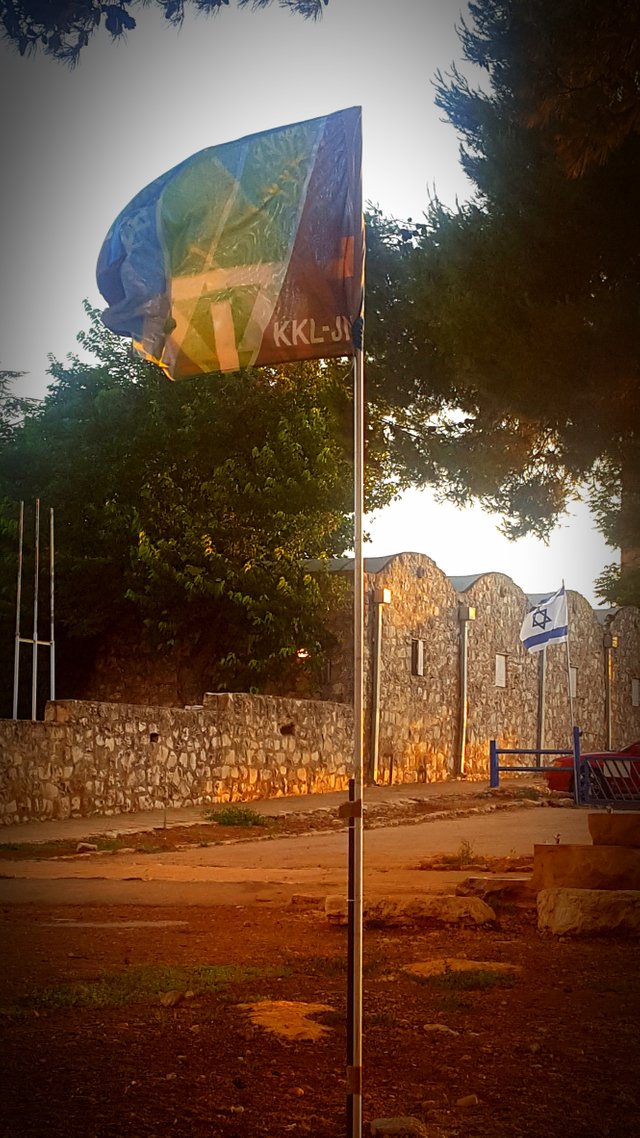
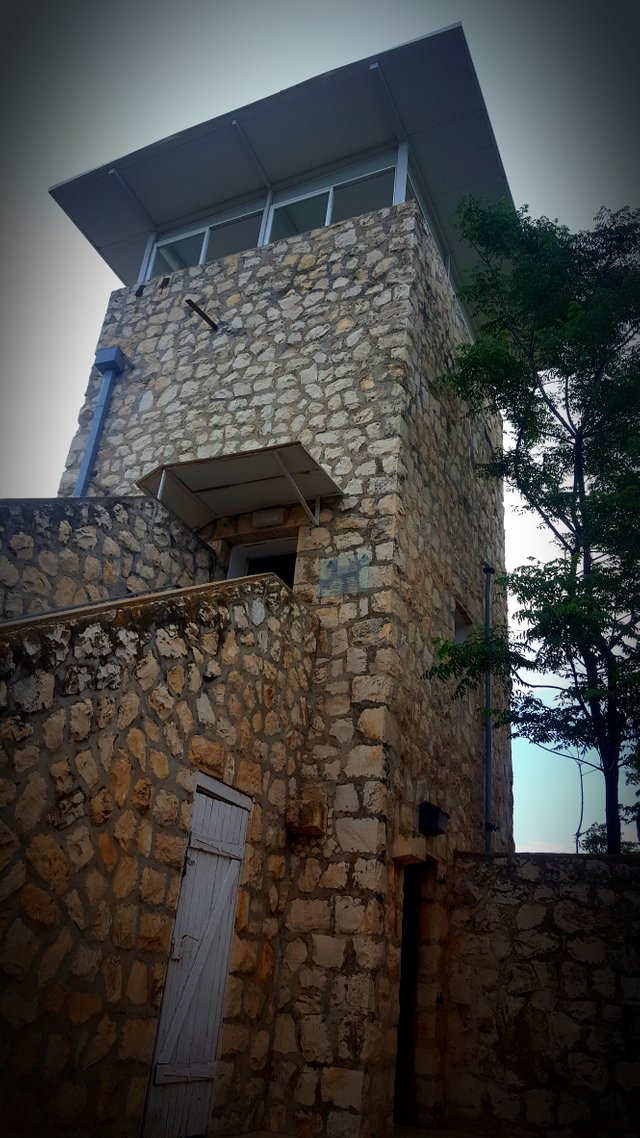
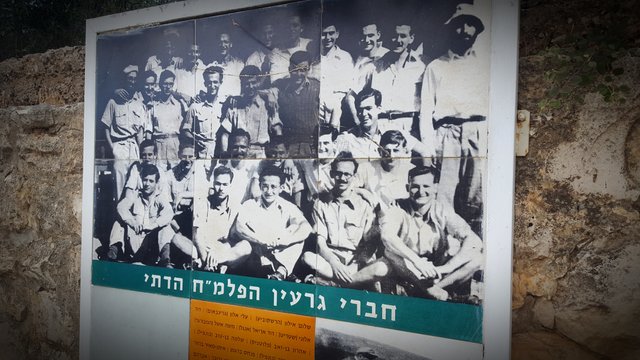
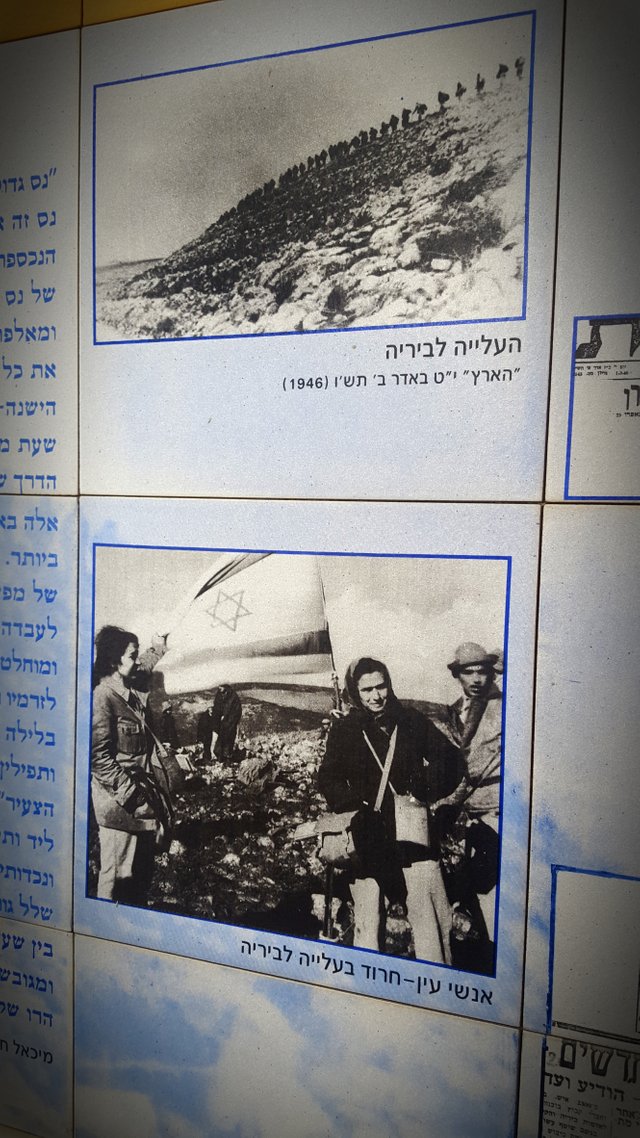
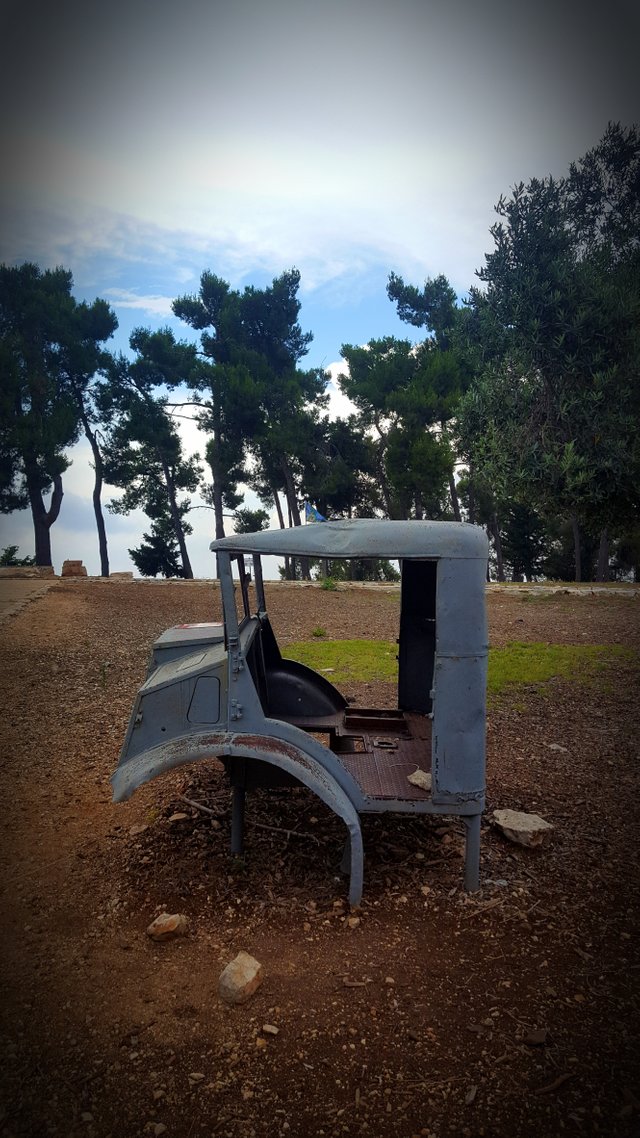
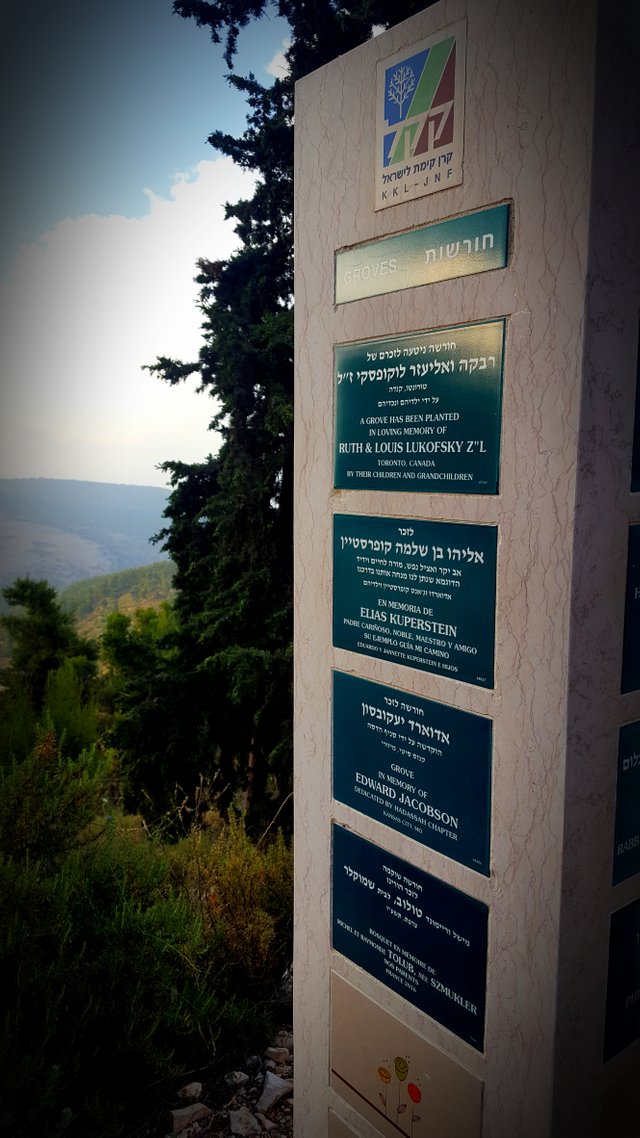
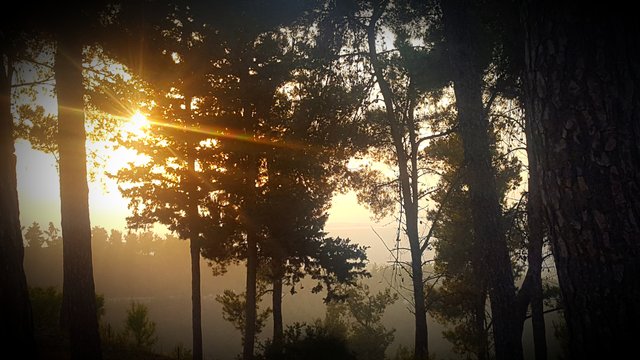
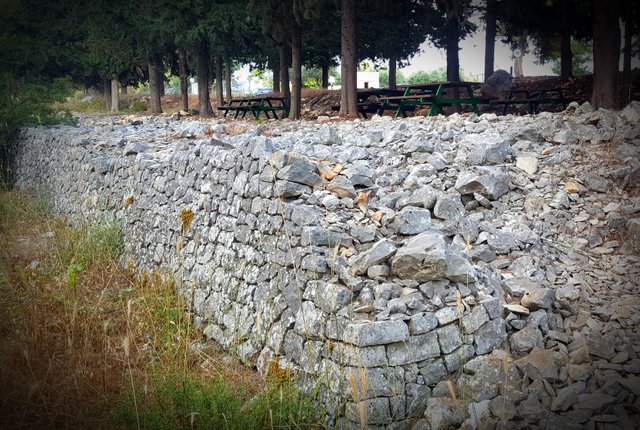
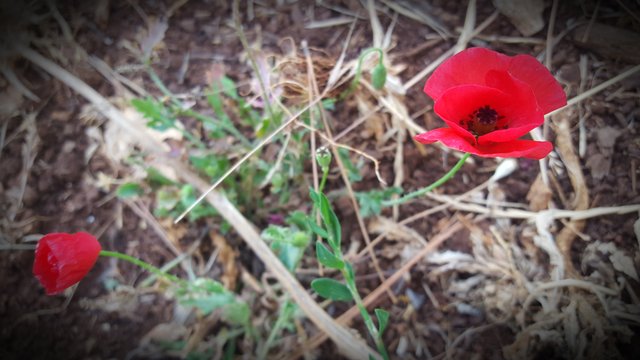
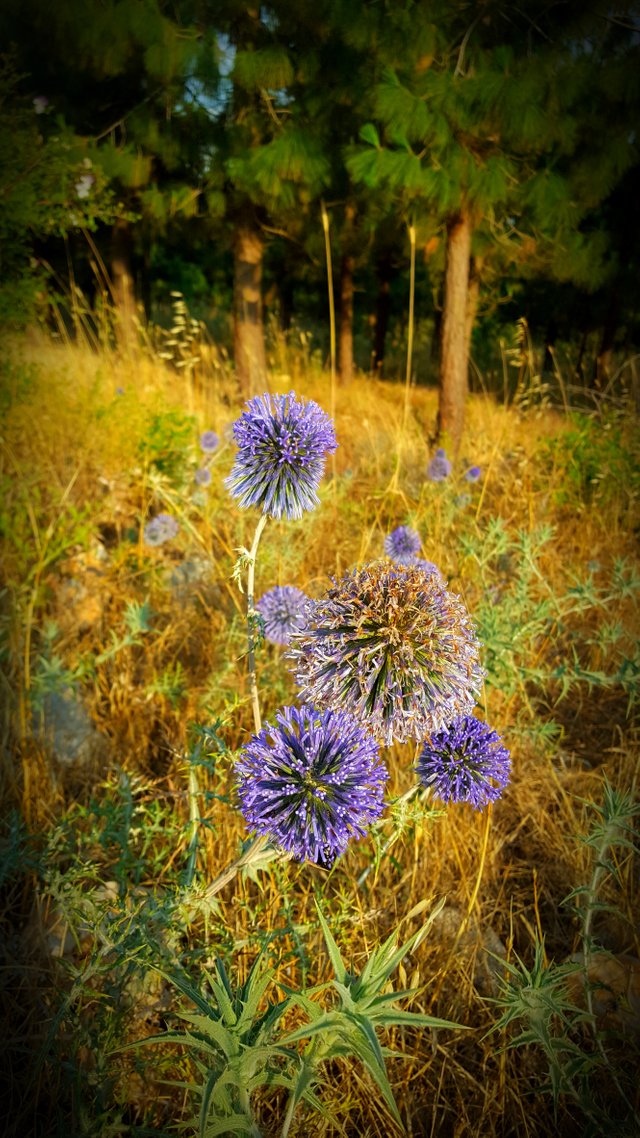
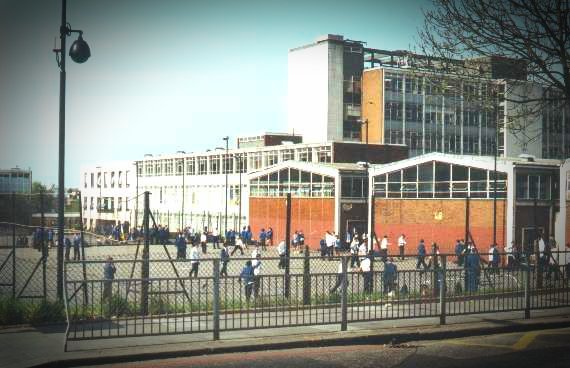
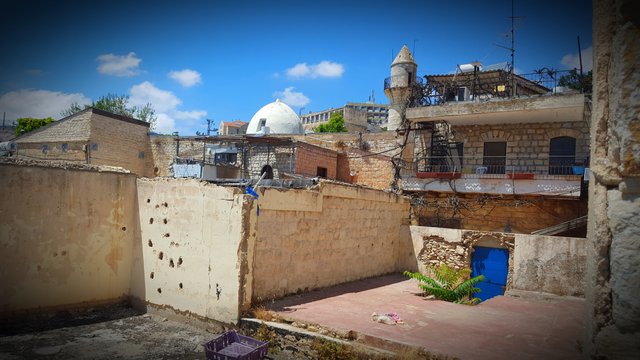
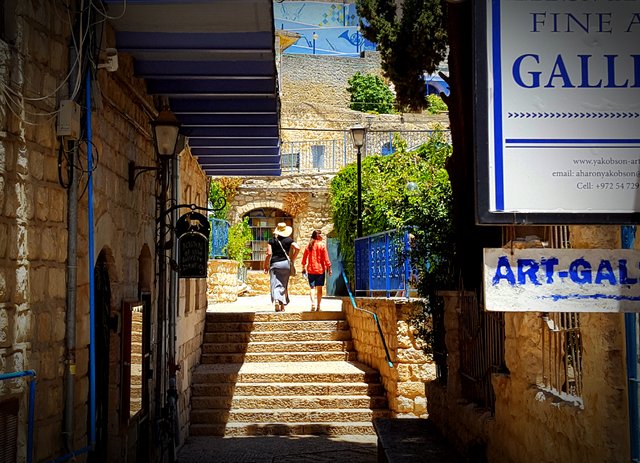
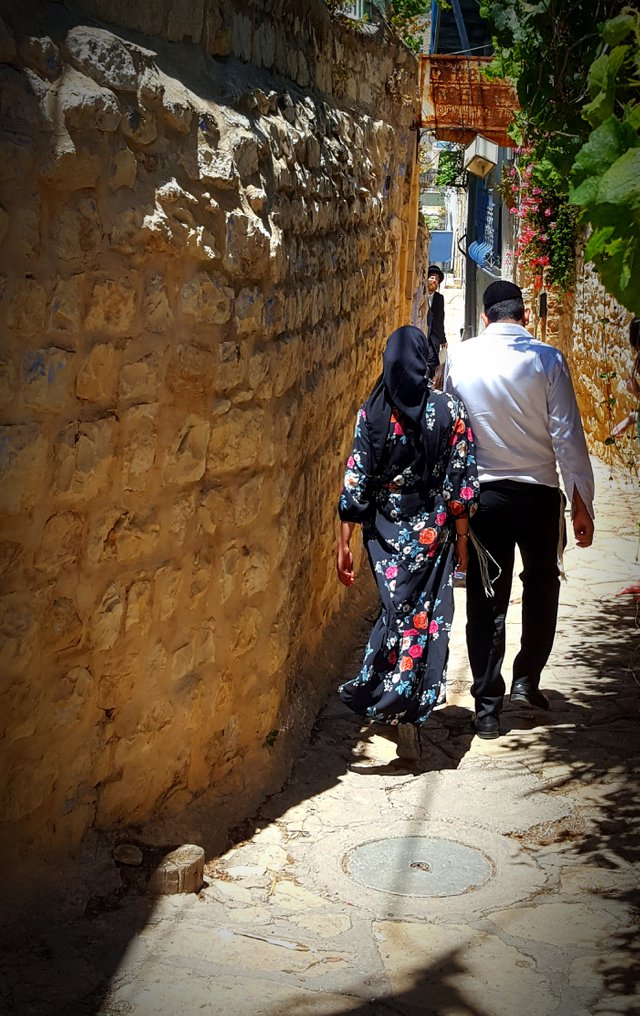
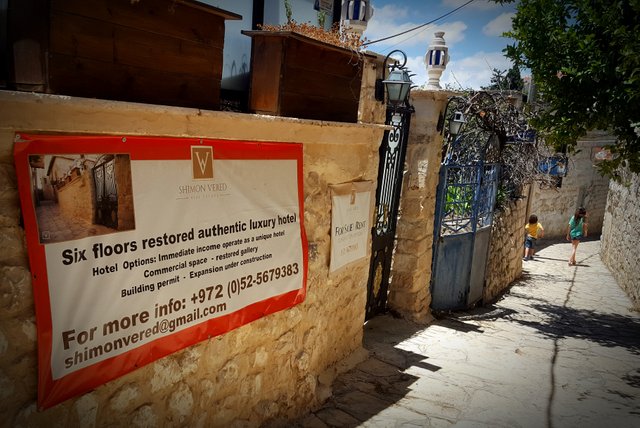
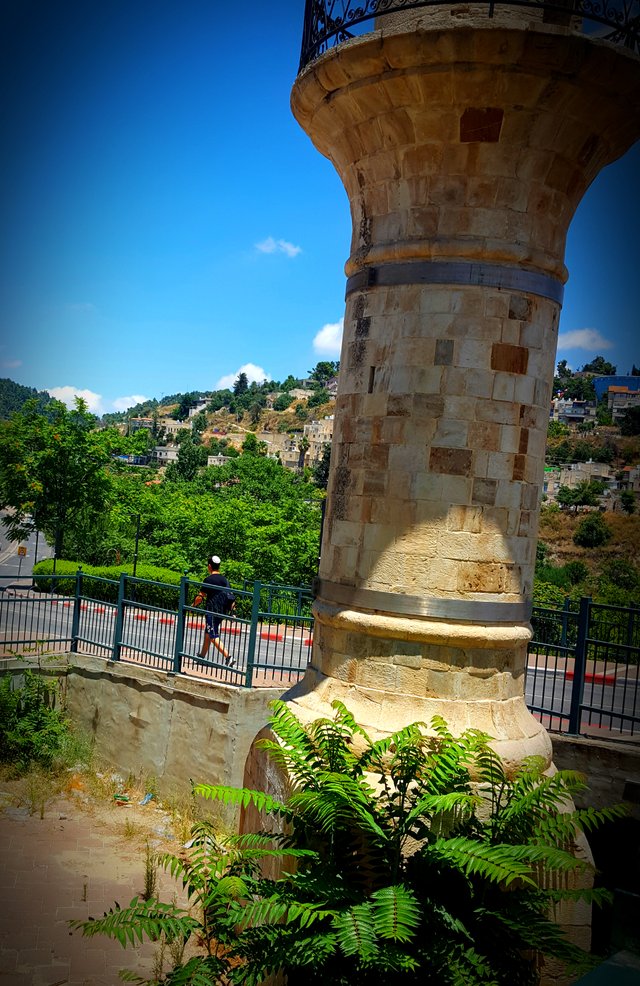
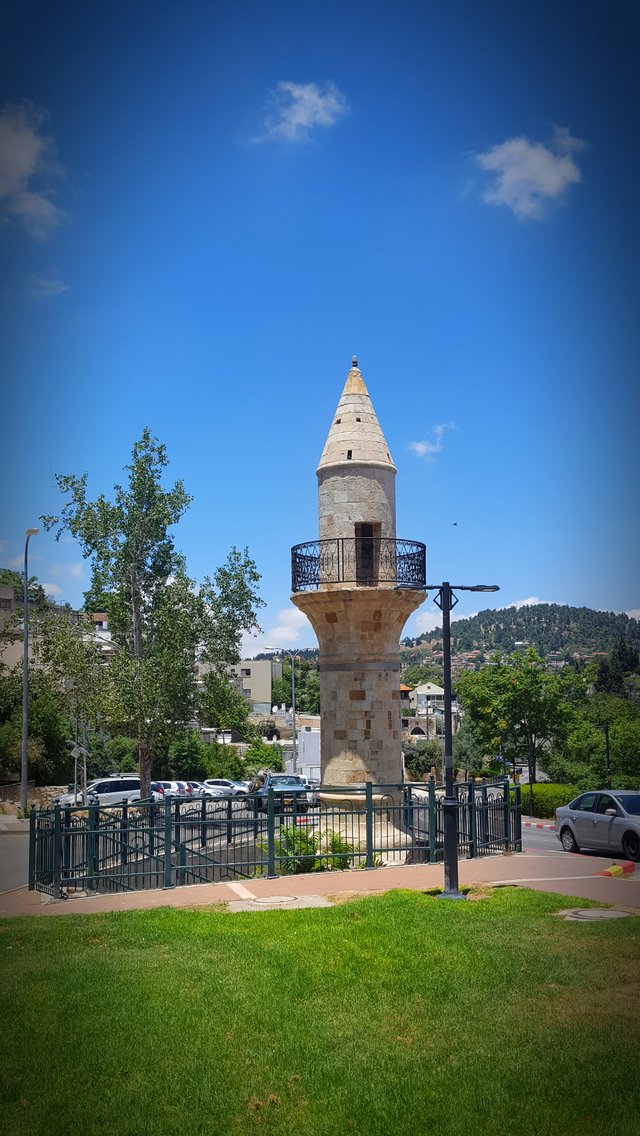
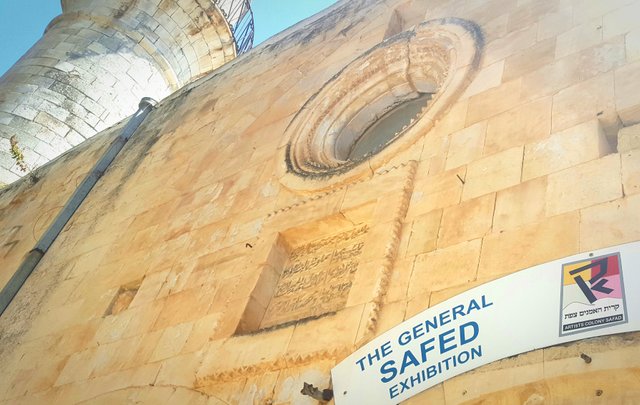
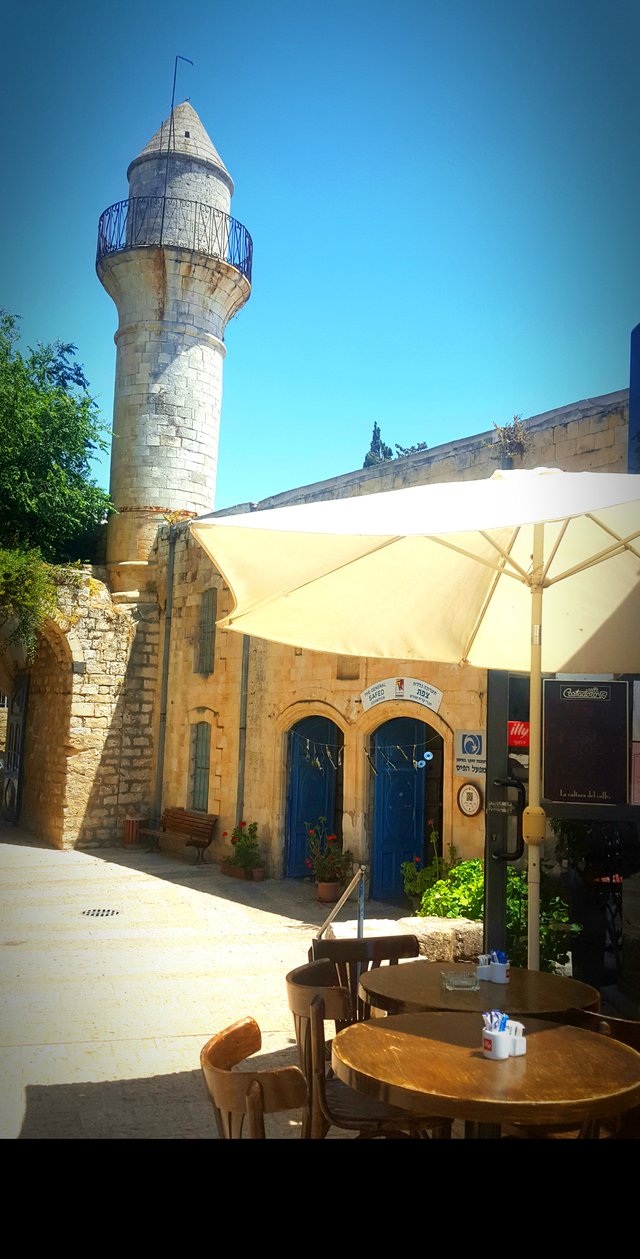
God bless you. https://steemit.com/@biblegateway
thank you for this incredibly insightful and very honest and level headed history lesson and blog.. a very special post is this, and I hope many get to read in in the future,, both on and off steemit.. RE-STEEMED!!!
Congratulations @stillgideon your post had been selected for an upvote worth ~$1.60 as part of the @ecoTrain minnow support project. Your upvote will come soon!
I hope this encourages you to keep writing amazing posts and making this world a better place!.
JOIN US ON DISCORD
https://discord.gg/XwAmRWW
Thanks Al. I added this paragraph at the end:
A few years back I was in London and decided to take a walk by my old school. It was gone without a trace. It had been sold off to developers who'd demolished every building, every classroom, playground, assembly hall where we'd stood and sung the Hatikva on so many occasions. Luxury apartments now stood in its place. It was completely unrecognisable. It was a very strange and quite disconcerting feeling to see the place that had been so much a part of my life, completely vanished, as if it had never been. It felt as if a big part of my past had been erased. I even wondered if I'd imagined the whole thing, though of course I knew what had once been there.
Ooh how sad, the end of an era! Ill always remeber it as the photo shows -(
Gideon, do keep writing. Everything you take on is so worth reading. Thank you for this. 💕💕☮️
Hey. Read this a few days ago and was absolutely stunned. Its so beautiful. I was drinking, though, so i didnt want to comment in that state. Your capacity for reflection, honesty and truth is undoubtedly what will change the current situation. People's refusal to even try to understand each other is what keeps the violence going on. What do you think shifted you most?
Thanks for sharing this. Beautiful doesnt begin to express how i feel about it.